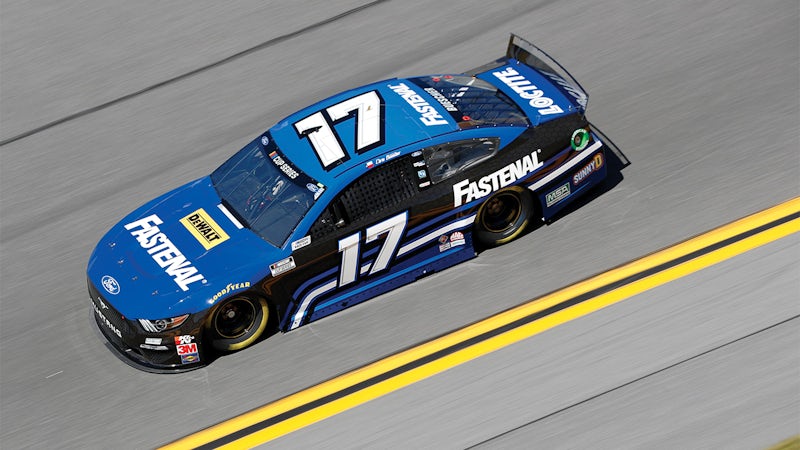Accelerating race car development with Siemens solutions
NX and Teamcenter help improve productivity and reduce time to market
Roush Fenway Racing
Roush Fenway Racing boasts eight championships in NASCAR’s top three divisions and has established itself as a dominant force in the sport.
http://www.roushfenway.com- Headquarters:
- Concord, North Carolina, United States
- Products:
- NX, Teamcenter
- Industry Sector:
- Automotive & transportation
With Realize Shape, once you get the hang of it, it’s pretty intuitive. It’s almost like you’re modeling clay.
Roush Fenway Racing
A dominant force in motorsports
With eight championships in NASCAR’s top three divisions, Roush Fenway Racing is a dominant force in motorsports. The company has used product lifecycle management (PLM) solutions from Siemens Digital Industries Software since its initial deployment of NX™ software for computer-aided design (CAD) and computer-aided engineering (CAE), followed by implementation of Teamcenter® software for product lifecycle management. The Siemens Xcelerator business platform of software, hardware and services, has supported Roush Fenway Racing’s fast-paced research and development for more than 20 years.
Faster complex surface modeling
Roush Fenway engineers rely on the powerful design tools of NX to improve productivity and reduce development time. One example is design of components with complex surface geometry, such as ducts for brake cooling. Traditional surface modeling software required tedious and error-prone procedures. “Years ago I did a lot of our surface modeling,” says Mike Janow, design manager. “Typically, that involved sweeping profile shapes along guide curves, which takes a lot of time.” Alex Lenzmeier, a design engineer at Roush Fenway Racing, adds, “With previous surfacing techniques, the modeling often failed when you tried to make changes, for example to package the model around different components.”
Cumbersome surface modeling techniques limited Roush Fenway Racing’s ability to quickly engineer components for specific race conditions and racetracks. “Superspeedways, intermediate and short tracks all require different suspension configurations, and different suspensions require unique brake ducts,” says Janow.
The complex aerodynamic geometry of the brake ducts must be modified for each configuration to fit around suspension components like shock absorbers.
Roush Fenway Racing improved time to market for brake ducts using the Realize Shape™ modeling capability, introduced a few years ago in NX. Realize Shape uses a subdivision modeling approach – designers begin with primitive shapes, around which are control cages. When moved, the cage pulls edges and vertices of the geometry, and polygonal elements can be subdivided for greater control and refinement of the shape. Designers can push and pull the model using intuitive inputs with instant visual feedback to sculpt the shape. The result is a solid model with high-quality engineering surfaces that can be used in simulation and manufacturing.
“With Realize Shape, once you get the hang of it, it’s pretty intuitive,” says Lenzmeier. “It’s almost like you’re modeling clay, if you will. It helps to have a design envelope that you’re working within, so you can almost use it as a template. When you create the cage, you can move the nodes around to create this quality, flowing surface that is beneficial for airflow, and can be used directly in downstream processes.”
The use of Realize Shape at Roush Fenway Racing has yielded significant time gains. “Realize Shape is definitely a game-changer as far as the resources needed to design and manufacture these ducts,” Janow says. Lenzmeier concurs: “You can cut out half the time versus problematic traditional techniques using Realize Shape.”
Design of the air ducts takes advantage of additional NX tools, including assembly design associativity and the NX re-use library. “With the re-use library, we can re-use the time and effort we put into a previous design as a template for new designs,” says Lenzmeier. “We have right and left-hand symmetrical models of the ducts in the library. We use WAVE link reference features based on the suspension packaging constraints, and re-associate them with the template features on the library model. It’s as easy as saying ‘stay away from this, connect to that.’"
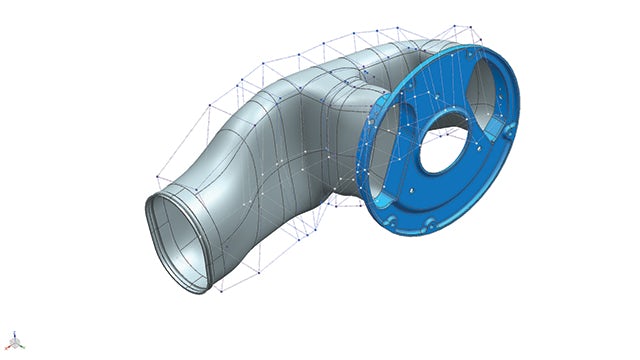
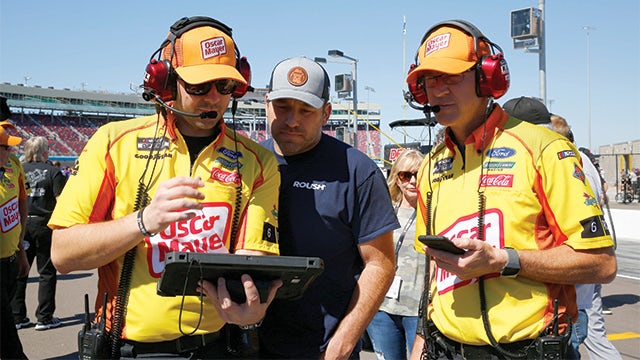
Photo credit: Action Sports Photography
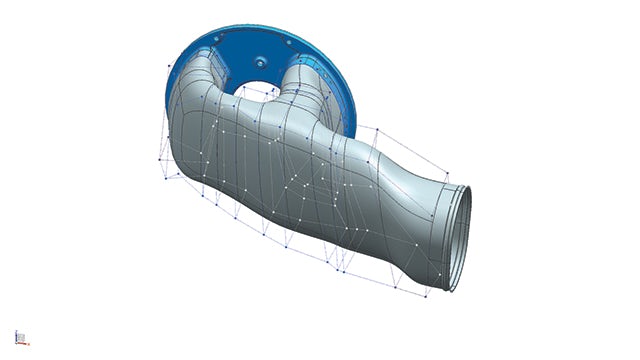
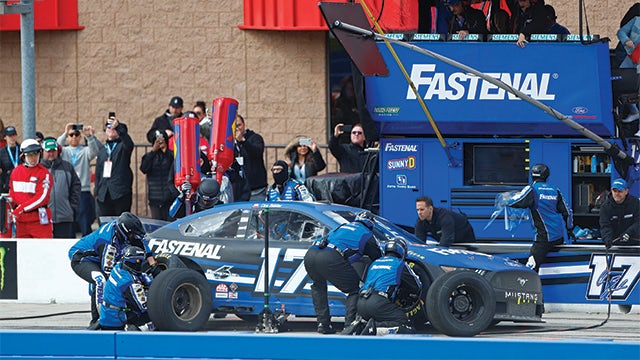
Photo credit: Action Sports Photography
Additive manufacturing
Roush Fenway Racing uses the 3D printing capabilities of NX to manufacture the brake ducts from carbon fiber composite materials. The company uses the duct models to design molds for composite layup, and feeds the model data to an additive manufacturing machine. The 3D printed molds are used to shape the carbon fiber plies and resin prior to and during curing. “We are also using additive manufacturing in rapid prototyping for wind tunnel testing,” says Lenzmeier. “For composite tooling, we jump at the opportunity because it helps us get to market faster.”
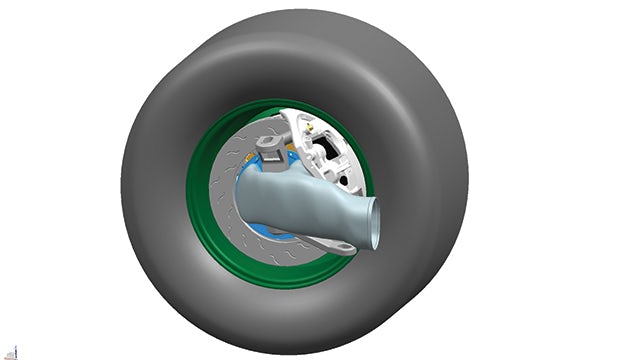
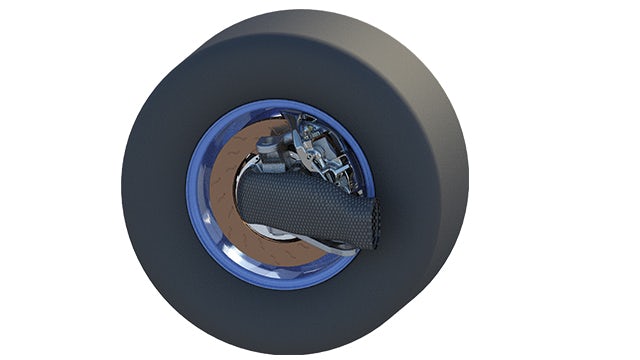
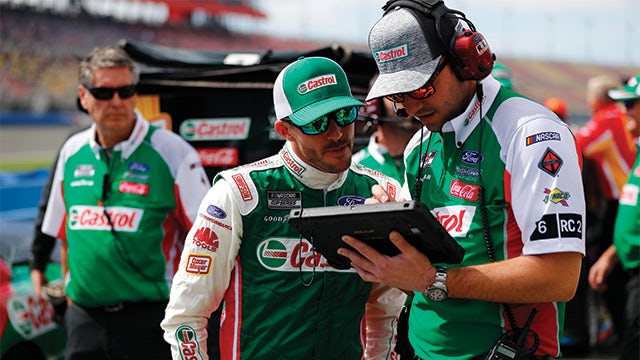
Photo credit: Action Sports Photography
Reverse engineering
Virtually all NASCAR performance advantages come through aerodynamics engineering. “Aerodynamics is everything,” says Janow. “Weight is important, but the biggest driver for performance, the number one thing that has the most return on investment, is aero. We’re always trying to find the balance between downforce and drag.”
Testing of prototypes in wind tunnels is a key process in refining aerodynamic designs. At Roush Fenway Racing, a dedicated group of aerodynamic specialists test clay or sheet metal designs in the wind tunnel. “We’ve put most of our resources into full-scale tunnel testing,” Janow explains. “Prior to every test, there are a couple of weeks of preparation, making all of the prototype components that get swapped on and off the car.” From analysis of wind tunnel data, promising concepts are assigned to design engineers to make them manufacturable and get them to the track as quickly as possible. The use of reverse engineering is often the most efficient way to get them into production.
“If we develop a new widget in the wind tunnel that can have some performance gain on the track, we can scan the widget and import it as a faceted body into NX,” says Janow. With the Convergent Modeling™ technology of NX, engineers can directly work on the scanned data. “We can actually do work on the faceted body, rather than just using it as a reference to basically remodel the component,” says Lenzmeier. “If we don’t have to remodel the component and go straight from the scan with a little cleanup, it certainly saves time.”
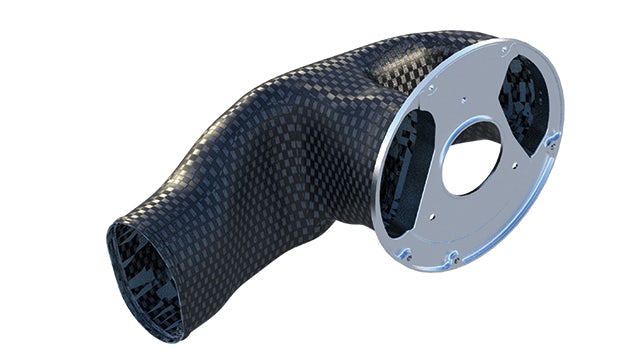
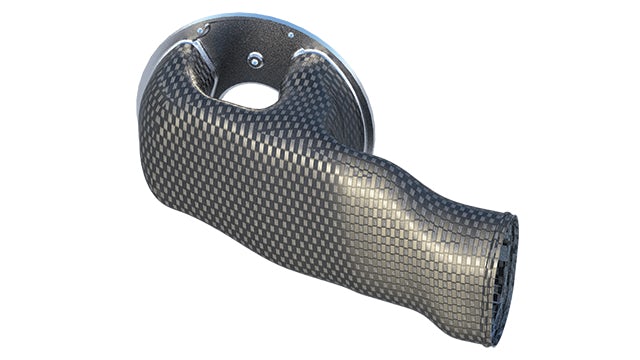
Continuously changing regulations
One of the facts of life for NASCAR racing teams is continuous changes in rules and regulations. NASCAR restrictions include dimensional tolerances, such as ± 0.150 inches on body surfaces. The specifications allow teams to make changes prior to the event, requiring close attention to details. “Every year, you get new rules,” says Janow.” One year you might be able to pull air from under the hood, and the next year you can only pull from nose ducts, so you have to change your configuration. One year you might be allowed to run five-inch diameter inlets, and then the next year they make a new maximum of four inches.”
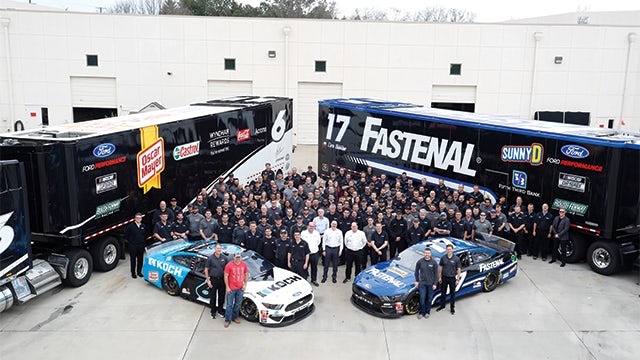
Photo credit: Action Sports Photography
Collaboration with Teamcenter
Collaboration using Teamcenter is one of the most important aspects of operating in a compressed time cycle involving everchanging rules and designs. “When I started working at Roush Fenway Racing in 2001, all the designs were stored in local file structures, whether on individual desktops or in a shared folder,’ says Janow. “Once we implemented Teamcenter, it was like flipping a productivity light switch, for obvious reasons. Now we can collaborate, have several design engineers working simultaneously and we can even work from home seamlessly.”
With a central repository for all design, simulation and manufacturing information, Teamcenter helps Roush Fenway Racing control versions and revisions and manage the development processes in rapid-pace engineering. The team always works from the latest CAD models, and changes made by each team member are communicated immediately to others.
Engineers can use Teamcenter to automatically create bills of materials (BOMs) for vendors and purchasing agents for all car subsystems, eliminating errors from outdated spreadsheets or manual copyand-paste. Purchasing agents and the quality department are all Teamcenter users, and Teamcenter is the standard platform for communicating with engineering on BOMs, project status and drawings.
When I started working at Roush in 2001, all the designs were stored in local file structures, whether on individual desktops or in a shared folder. Once we implemented Teamcenter, it was like flipping a productivity light switch, for obvious reasons.
Roush Fenway Racing
